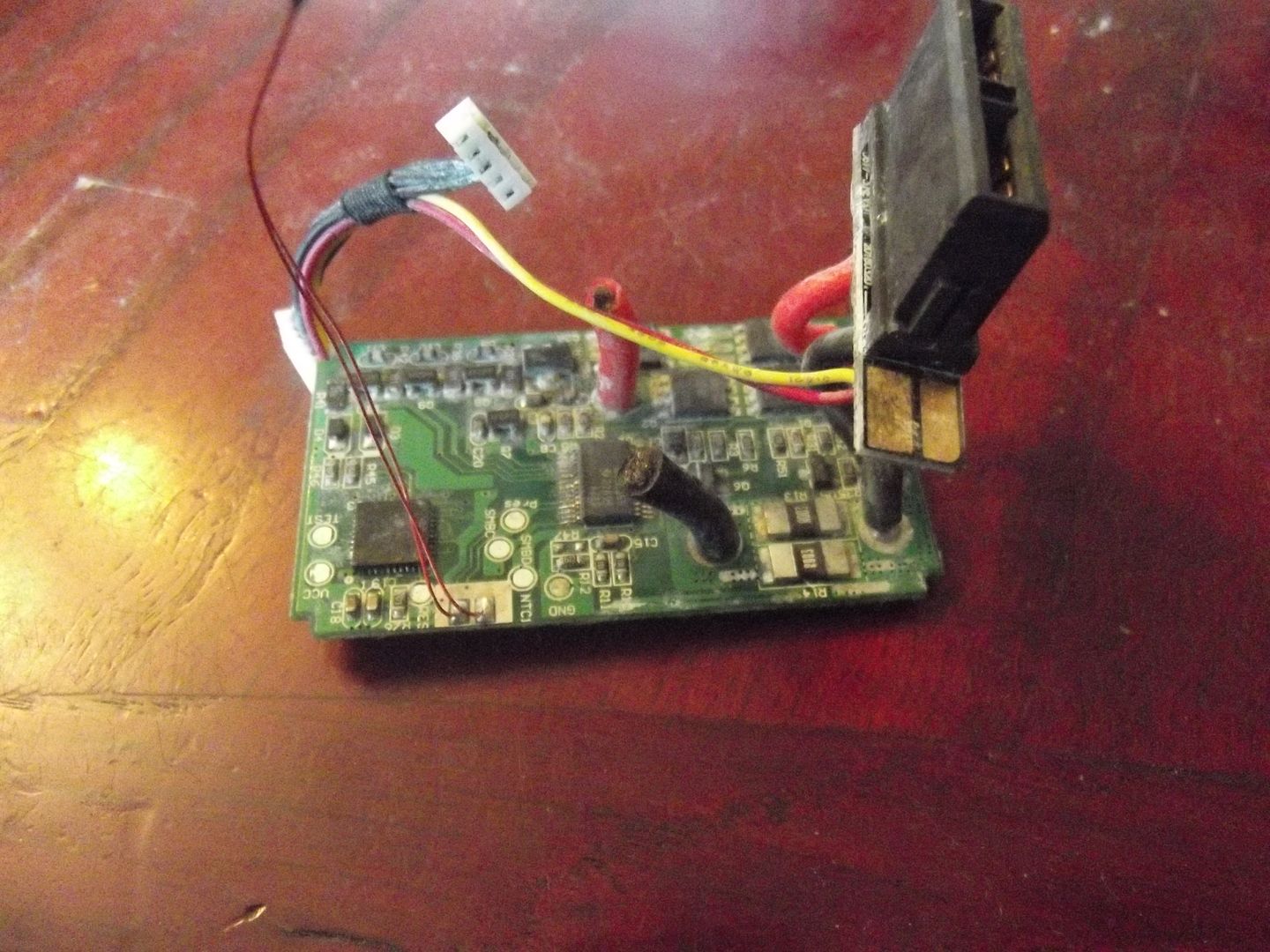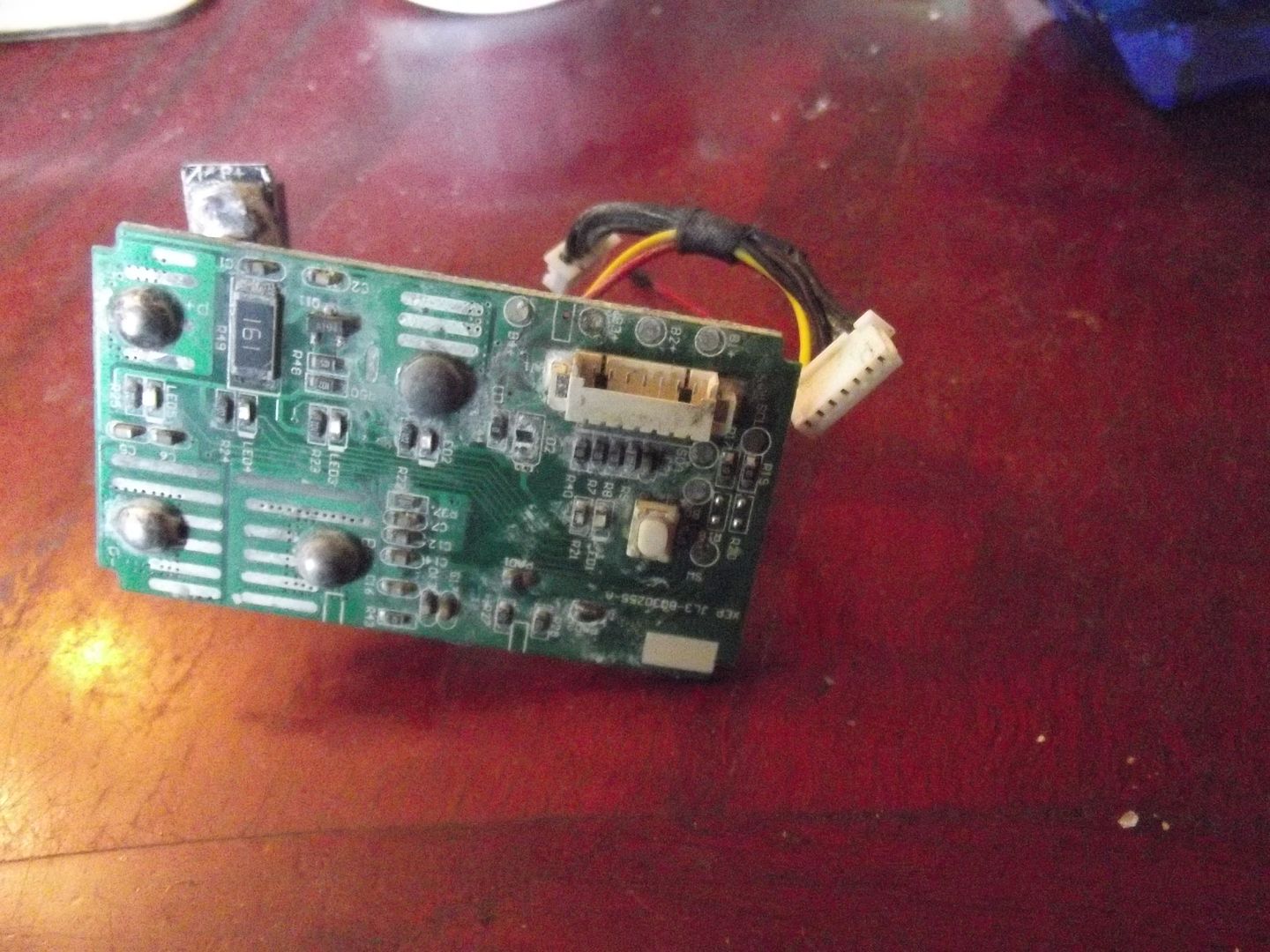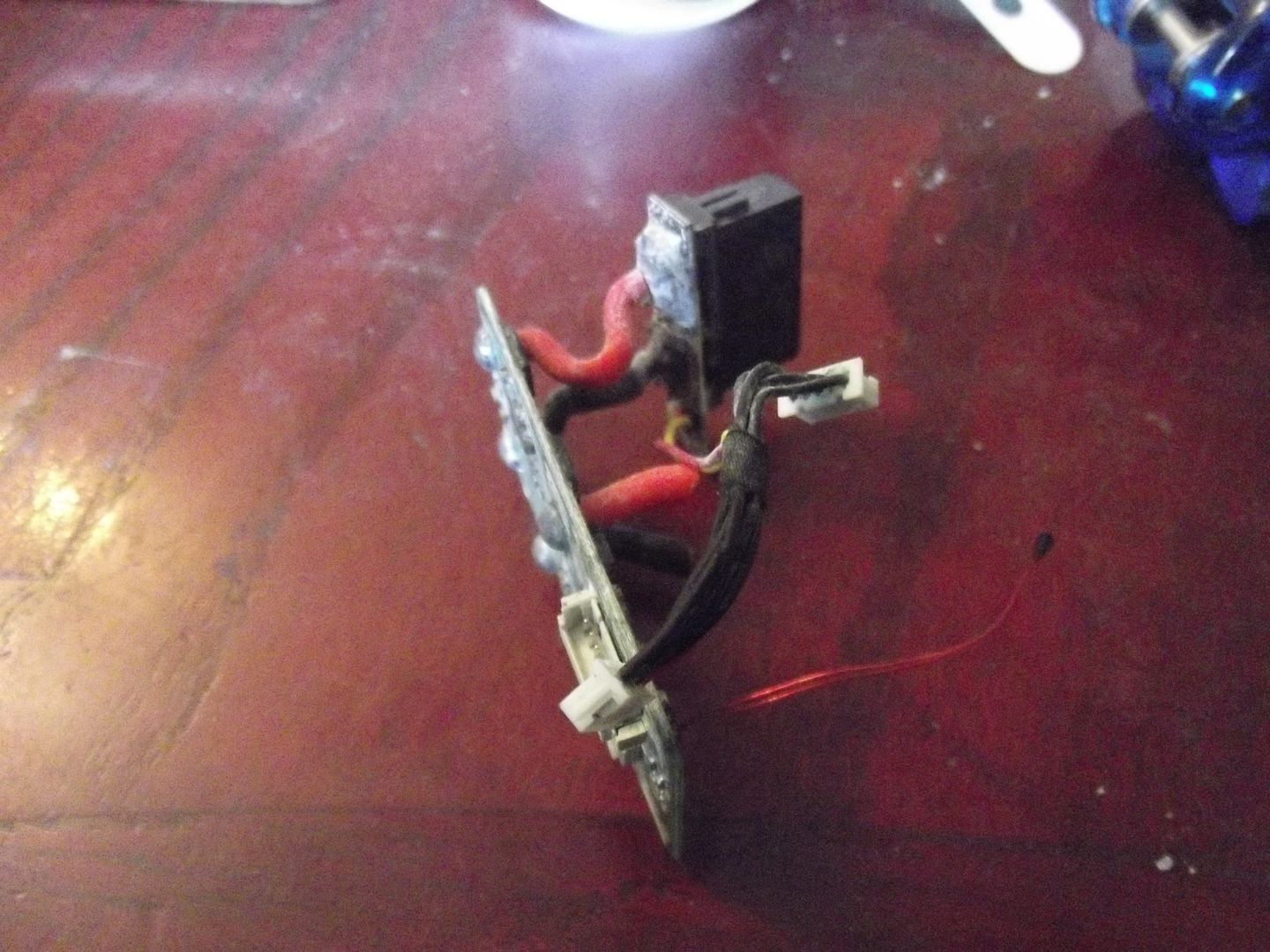- Joined
- Jan 21, 2016
- Messages
- 86
- Reaction score
- 17
- Age
- 41
The DJI manual says when the battery is 95% or over to turn the battery on then charge the battery should then turn off when charged.
I have a DJI hub charger and when I do this I have noticed that the green light flashes (on charging hub) to indicate charging and after perhaps 2 minutes I see a stready green light (on charging hub) and battery turns off to indicate it has charged.
I noticed the other 2 that when I charged the battery in the same manner under the same conditions, the green light was steady (to indicate a full charge on the charging hub) but the battery did not turn off. Does this mean it is still charging/balancing or what?
I have also noticed one of my other batteries upon full charge displays 98% and not 100% on full take off. None of these batteries have reached the 20 cycle amount yet so have not done an 8% discharge/recharge as of yet.
I have a DJI hub charger and when I do this I have noticed that the green light flashes (on charging hub) to indicate charging and after perhaps 2 minutes I see a stready green light (on charging hub) and battery turns off to indicate it has charged.
I noticed the other 2 that when I charged the battery in the same manner under the same conditions, the green light was steady (to indicate a full charge on the charging hub) but the battery did not turn off. Does this mean it is still charging/balancing or what?
I have also noticed one of my other batteries upon full charge displays 98% and not 100% on full take off. None of these batteries have reached the 20 cycle amount yet so have not done an 8% discharge/recharge as of yet.








